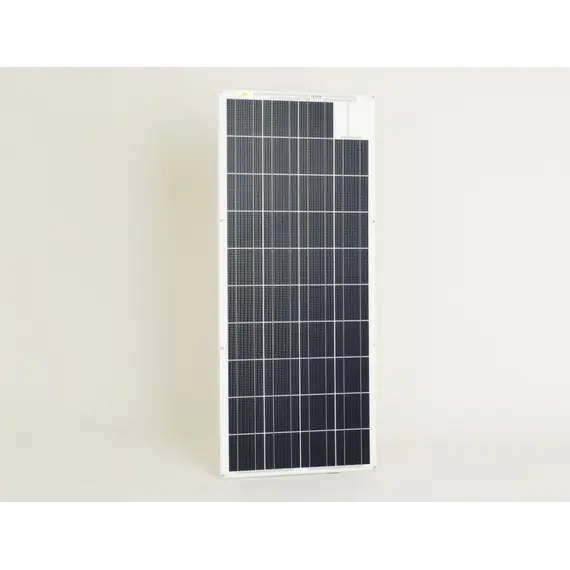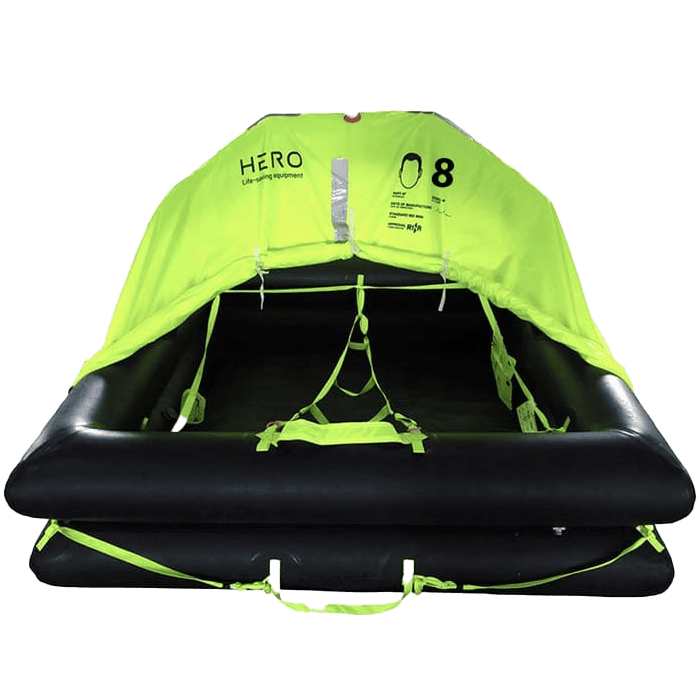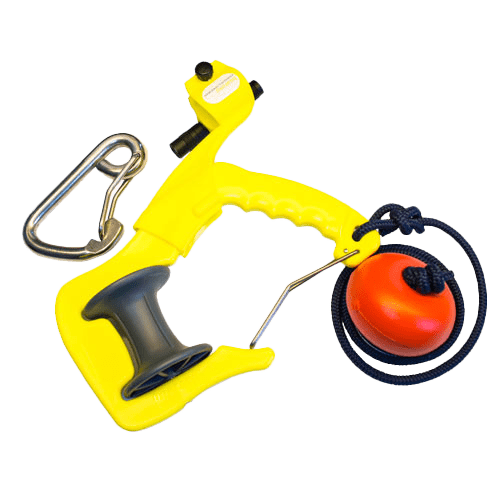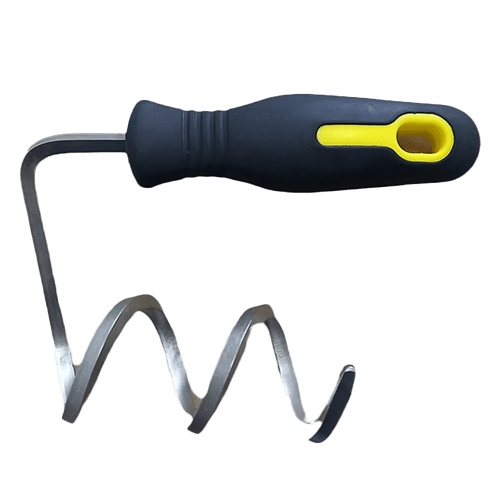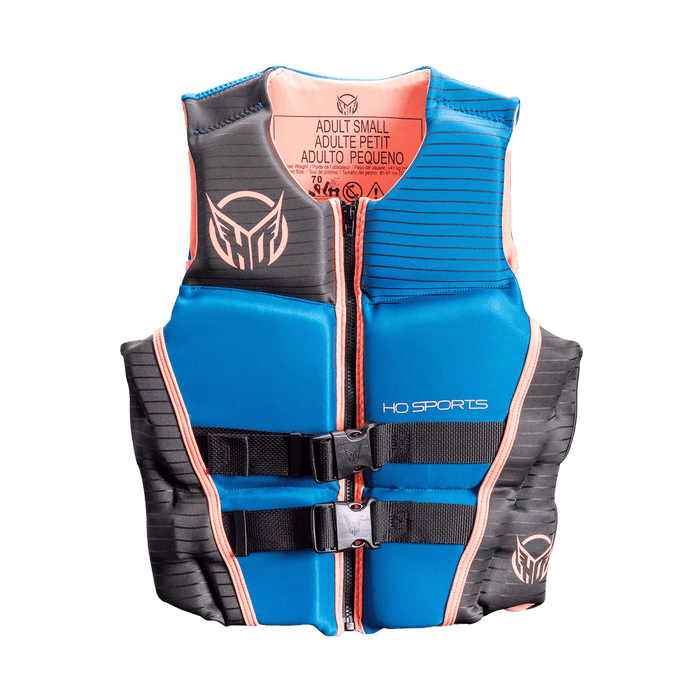Solar Panel SW-40166 12V 90 Wp

The price provided is NET-price, meaning shipment and VAT are not included. Additional duties and tax payments might be required. Taxes and delivery costs are calculated after ordering the goods and depend on the type of client and delivery address.
The solar module SW 40166 is designed for larger solar systems. The powerful 80Wp module is designed for 12V systems, but can be used in serial connection at 24V systems. Depending on the irradiation, the module supplies a charging current of up to 4.1A.
Cable outlet on the rear side of the module.
The average daily yield (May to September):
- North/Baltic Sea area is about 4 x 4.1 => 16.5Ah/day.
- Mediterranean, Caribbean or California => 20.5Ah/day.
flat, light and powerful
The monocrystalline PERChigh-performance solar cells are protected in an EVA laminate and ETFE coatings against weathering. Even in diffused light conditions or even in winter, the modules produce a high charging current.
The modules of the series-40 have a rear cable outlet. It should be noted that for the junction box on the back of the module, a recess in the substrate must be present.
Ideally, the modules should be bonded to the substrate, so that the front side remains completely flat. If the modules should be screwed, inside the package are white screw rosettes for countersunk screws. This prevents a damage to the laminate by the screw head.
The cable has a length of 3m. The more powerful modules contains a cell protector, which has to be connected at the end of the cable.
The carrier material is an aluminum sandwich core. By this material the cells are perfectly supported and protected. The solar module adapts to curved surfaces, with maximum curvature of 3cm/m module length.
The modules are designed for the harsh marine and salt water use. The cable outlet on the back side is completely sealed and 100% saltwater proof. By hermetic encapsulation cells and carrier plate are themselves well protected against the aggressive saltwater.
Please note that the power output of solar modules depends directly from the light intensity - not heat - and has seasonally strong fluctuations. For optimal performance, the module should be oriented as possible perpendicular to the sun and partial shade should be avoided.
No reviews found


